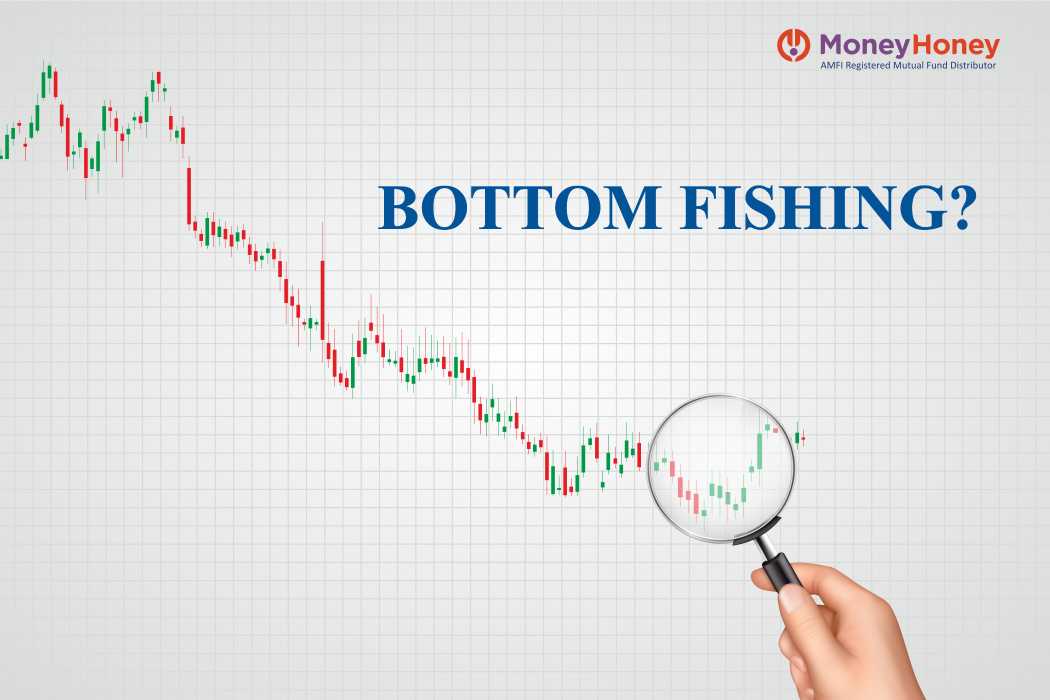In markets, an adverse situation must not be misconstrued as a valid reason to exit. There are times when an adverse situation contains opportunities. Take for instance, the US markets. The most developed financial market in the world--the US--is in crisis and this can be an opportunity for savvy investors. Let us understand these:
Leaving aside some bounce back in key indices, and the broad market index – S&P 500 fell by 22.9% to trade below 3600 as on September 30, 2022, from its peak 4818 registered in January 2022. Even the Nasdaq100 the tech heavy index was in a worse situation- 31.5% down from its peak. Before we understand how these facts can be an opportunity for prompt investments, let us first understand why the US stocks corrected so much.
Post Lehman crisis in 2008, the US markets got a large dose of free money and the US economy started one of its longest periods of expansion in the economic history. The American economy kept on expanding till the Covid-19 hit the world. The Covid-19 pandemic led to lockdowns and to overcome the economic slowdown caused by lockdowns, central bankers decided to cut interest rates. Fiscal spending went up and free money was distributed. No wonder the US economy came back on track but caused inflation too.
On the one hand the purchasing power of households went up on the back of high liquidity. On the other hand fractured supply chains worldwide restricted supply leading to high inflation. Rising inflation became a cause of concern and central banks stepped in again. The US Federal Reserve opted to raise interest rates to bring down inflation. But this may impact demand and so does the cheap money. This has pulled down stocks and we are staring at Wall Street painted in red. The fears of recession further have worsened the Big Picture.
At present, stocks are cheaper in many cases but not in all. There are a few companies which were seen as emerging businesses. Not all of them were making profits but they were enjoying steep valuations on expectations of a large pool of profits in future. However, with rising interest rates the bubble has burst. Some of these stocks may take a lot of time to bounce back and companies have to post profits to do that. Keeping aside such companies, there are many other companies which have proven business models and they are expected to grow their businesses in the long-term. Such companies are worth investing. And more importantly, these companies are cheaper now as compared to what they were quoting at a year ago.
It is difficult to pinpoint the exact bottom. Investors with a long term view, can start gradual investments in US equities. The interest rate hike cycle may be nearing an end. If the interest rates plateau and not come down, then the markets should stabilise. Recession, if it hits the US economy, may cause the US Federal Reserve to respond with monetary measures such as cuts in interest rates. This may again cause an upcycle in equities. And this cycle may play out over the next three to five years. Corporate earnings may start rising and then valuations too will expand, thereby rewarding investors in the medium-to-long-term.
In the context of these facts, a moot question remains. The question is: What to buy?. There are many ways you can invest overseas. There are apps that help you buy individual stocks. But that calls for understanding of a company fundamentals, active involvement in the investment process and tracking of your investments. You also have to incur costs such as remittance fees and costs associated with compliance.
Instead take mutual fund route and you are saved of all these hassles. There are many options that you have to invest in stocks listed in the US. A fund of fund route is the best way to buy stocks in the US. Schemes such as Axis Nasdaq 100 FoF, Aditya Birla Sun Life Nasdaq 100 FoF, Mirae Asset S&P 500 top 50 ETF FoF focus on various indices and they can be accumulated gradually. Savvy investors can also look at Franklin India Feeder Franklin US Opportunities Fund, Edelweiss US Value Equity Offshore Fund.
Investors should never base their investment decisions on returns in the recent past. By investing in companies listed in the US Indian investors get meaningful diversification as some of these businesses are not available in the listed space of the Indian markets. Some of the US-based companies are cash-rich, global giants and earn profits from all parts of the world. These companies effectively offer exposure to global economy. Investors should ideally allocate at least 10% of their equity portfolio to overseas stocks, especially to the US. This allocation should be built gradually through Systematic Investment Plans (SIPs).



